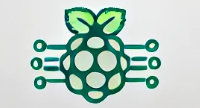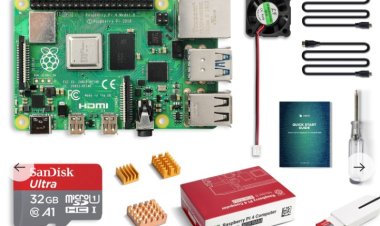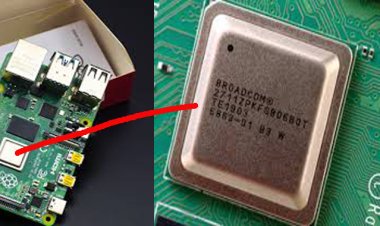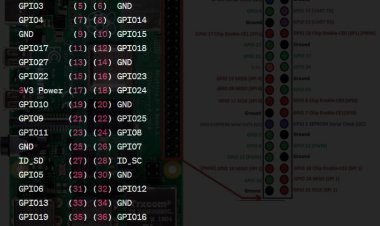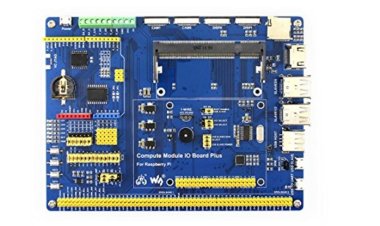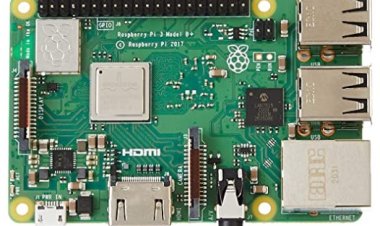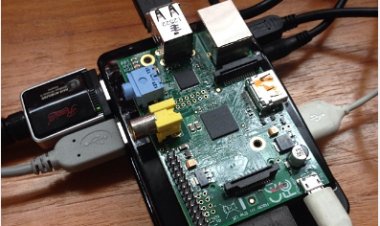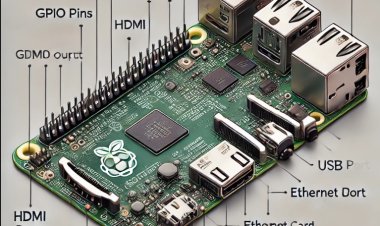Raspberry Pi PWM
Learn to control hardware with Raspberry Pi PWM
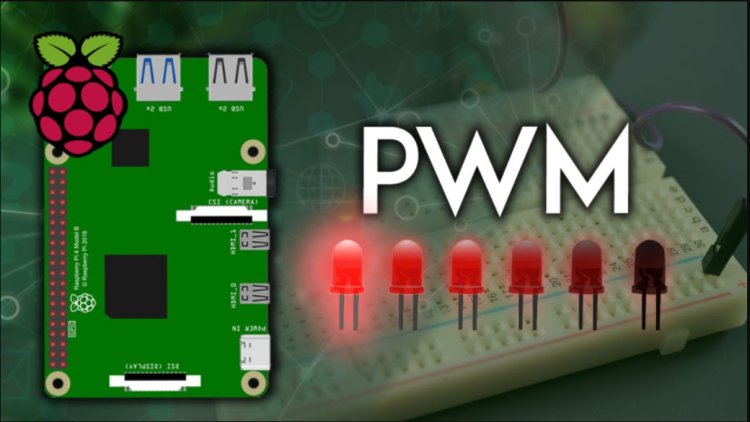
what is raspberry pi PWM?
PWM (Pulse Width Modulation) is a technique used to control the average voltage supplied to a load by varying the width (duration) of pulses in a periodic signal. Raspberry Pi boards, including the Raspberry Pi 4 and earlier models, offer PWM functionality on specific GPIO pins. The number of GPIO pins with PWM capabilities may vary depending on the Raspberry Pi model. Python libraries like RPi.GPIO or gpiozero can be used to program and control the PWM signals.
With PWM, the duty cycle determines the percentage of time the signal remains in the "ON" state during one period. A duty cycle of 0% means the signal is always "OFF," while a duty cycle of 100% means the signal is always "ON." By adjusting the duty cycle between 0% and 100%, you can control the power or speed of connected devices.
For example:
- A PWM signal with a 50% duty cycle provides half the maximum power to the connected device, as it spends an equal amount of time in the "ON" and "OFF" states.
- A PWM signal with a 25% duty cycle is "ON" for 25% of the time and "OFF" for 75%, providing a lower power level.
Applications of Raspberry Pi PWM include controlling motor speed, LED brightness, or other devices that require variable power levels. This feature expands the capabilities of Raspberry Pi for electronics, robotics, home automation, and more.
Raspberry Pi and PWM
GPIO (General Purpose Input/Output) pins
Raspberry Pi boards have GPIO pins that allow users to interact with electronic components by configuring them as inputs or outputs. They can be used to read sensor data, receive button inputs, or control devices like motors and LEDs.
Generating PWM signals with Raspberry Pi
PWM (Pulse Width Modulation) is used to control the average voltage supplied to a load. Raspberry Pi boards have hardware support for generating PWM signals on specific GPIO pins. With Python libraries like RPi.GPIO or gpiozero, users can easily program and control PWM signals, adjusting parameters like frequency and duty cycle. This allows precise control of devices requiring variable voltage levels, such as motors and LEDs.
In summary, Raspberry Pi's GPIO pins and PWM capabilities enable versatile interactions with external components, offering precise control for applications in electronics, robotics, and home automation.
Applications of Raspberry Pi PWM
Raspberry Pi PWM (Pulse Width Modulation) is a versatile feature with various applications:
- Motor Speed Control: For precise speed regulation of motors in robotics and automation.
- LED Brightness Control: To adjust the brightness of LEDs in lighting applications.
- Audio Applications: As a sound generator or for creating simple music and tones.
- Temperature Control: Modulating power to heaters or cooling fans for efficient temperature regulation.
- Display Backlight Control: Adjusting brightness in LCD or OLED displays for power-saving and visibility optimization.
- Home Automation: Controlling devices like lights, motorized curtains, or fans in smart home setups.
- Power Regulation: Controlling output voltage in power supplies and voltage regulation circuits.
- Pulse Position Modulation (PPM): Transmitting multiple signals in radio-controlled (RC) systems for controlling servo motors and other RC devices.
- Solar Power Systems: Regulating battery charging in solar charge controllers from solar panels.
- 3D Printing: Controlling stepper motor speed for 3D printer movements and extruders.
These applications highlight the versatility and usefulness of PWM on Raspberry Pi for various electronics, robotics, and automation projects.
Raspberry Pi PWM Functionality
Raspberry Pi PWM allows generating precise PWM signals on GPIO pins, offering the following key features:
- Hardware Support: Built-in hardware support for accurate and precise PWM signal generation.
- Configurable Frequency: Users can set PWM frequency for smooth control, suitable for various applications.
- Adjustable Duty Cycle: PWM duty cycle can be adjusted (0% to 100%) for power or speed control.
- Multiple PWM Channels: Depending on the model, multiple GPIO pins support PWM, enabling control of multiple devices simultaneously.
- Python Libraries: RPi.GPIO or gpio zero provide user-friendly interfaces for easy PWM programming.
- Applications: PWM is used in robotics, electronics, home automation, motor control, LED brightness control, and more.
In summary, Raspberry Pi PWM extends the board's capabilities, enabling precise control over external devices and making it popular among DIY electronics enthusiasts and professionals for diverse projects.
PWM Signal Characteristics
A PWM (Pulse Width Modulation) signal has specific characteristics for controlling the average voltage supplied to a load:
- Period: Time for one complete cycle, the reciprocal of PWM frequency (measured in seconds).
- Frequency: Number of cycles per second (measured in Hertz, Hz). Higher frequencies provide smoother control.
- Duty Cycle: Percentage of time the signal remains "ON" during one period. For example, 50% duty cycle means "ON" for half the period.
- Pulse Width: Duration of time the signal remains "ON" during one period, directly related to the duty cycle.
- Average Voltage: Determined by the duty cycle; 50% duty cycle means half the maximum voltage.
- Resolution: The number of discrete steps between minimum and maximum duty cycle values. Higher resolution allows finer control.
PWM finds applications in motor speed control, LED brightness, audio, temperature control, and more, enabling precise device control.
Overall, PWM is a powerful tool for various applications, offering fine-tuned control over voltage levels to achieve desired outcomes.
Versatility of Raspberry Pi PWM
Raspberry Pi PWM offers versatile applications in various fields, including robotics, electronics, home automation, IoT devices, and more. Its key aspects of versatility are:
- Wide Range of Applications: Raspberry Pi PWM is used in diverse projects, controlling motors, LEDs, regulating temperature, generating audio, and more.
- Motor Control: PWM precisely controls motor speed and direction in robotics and automation projects.
- LED Brightness Control: Ideal for adjusting LED brightness in lighting and visual effects applications.
- Audio Generation: PWM can produce audio signals, enabling simple tones and acting as a sound generator.
- Home Automation: PWM is integrated into home automation for controlling lights, curtains, and fans.
- Temperature Control: Efficiently modulates power to heaters or cooling fans for temperature regulation.
- Power Regulation: PWM is valuable in power supplies and voltage regulation circuits.
- RC Systems: PWM in RC systems allows transmitting multiple signals, controlling servo motors and devices.
- Solar Power Systems: PWM regulates battery charging in solar charge controllers.
- 3D Printing: PWM controls stepper motor speed in 3D printers, ensuring precise movements and extrusion.
The combination of hardware support, Python libraries, and GPIO pin flexibility enhances the versatility of Raspberry Pi PWM. It serves as a valuable tool for hobbyists, students, and professionals, enabling creative and technical projects in a wide range of industries.
